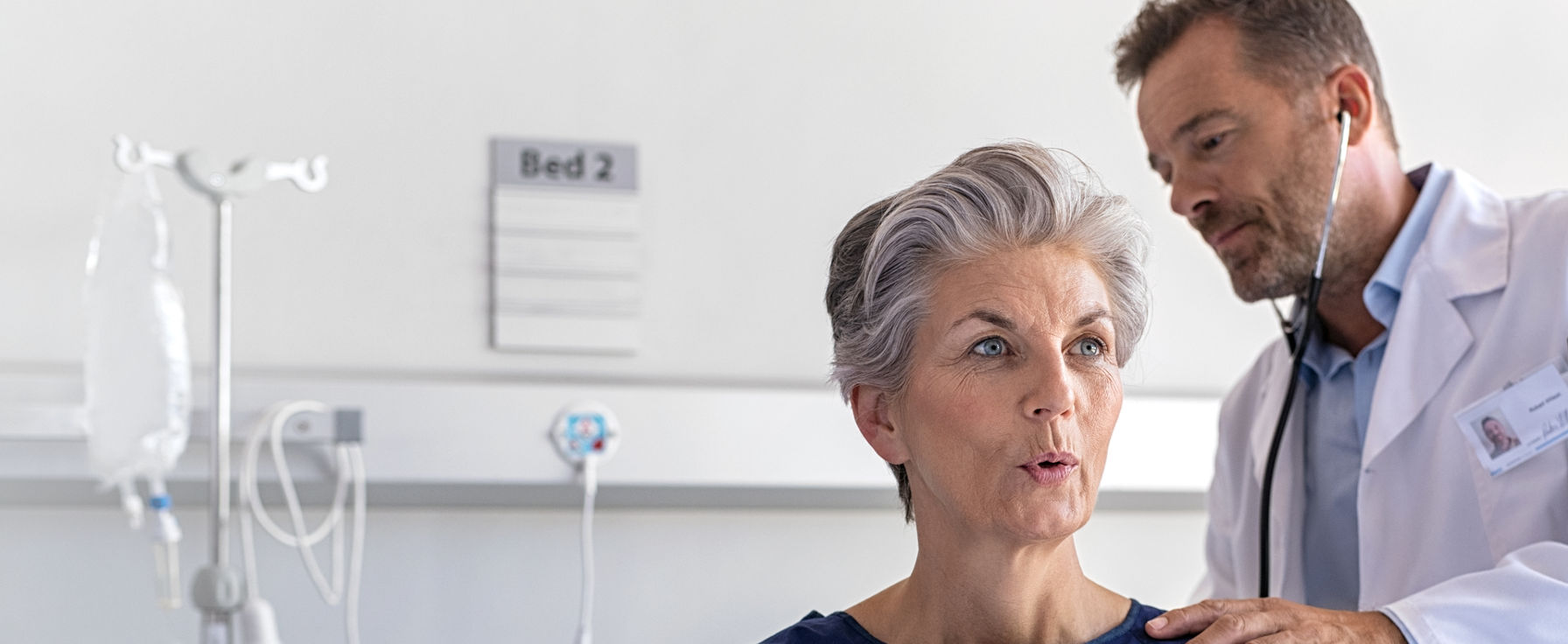Respiratory syncytial virus (RSV) is a common cause of respiratory tract infection especially in young children. RSV is a member of the Paramyxoviridae family of viruses. There are two types of RSV, types A and B, and there are many strains. RSV has an RNA genome that encodes 10 viral proteins. The virus has a lipid envelope that contains viral glycoproteins that are involved in entry of the virus into cells and fusion of the viral envelope with cell membranes. Much of the pathology caused by RSV is related to damage to the lining of the small airways of the respiratory tract.
RSV infections often resemble the common cold with mild symptoms such as a runny nose, coughing and low-grade fever. However, symptoms indicative of more severe RSV infections may include difficult or rapid breathing, wheezing, irritability and restlessness and poor appetite.
There is no vaccine available for RSV. Healthcare and childcare providers can help prevent the spread of RSV by practicing good hygiene and keeping surfaces clean including:
- Washing hands frequently
- Avoiding contact with people who have cold-like illnesses
- Not sharing personal items such as:
- Pacifiers
- Utensils
- Toothbrushes
- Bed and bath linens
- Cleaning toys and play areas frequently
- Keeping young children away from cigarette smoke
- Isolating hospitalized RSV-infected children
Clinicians are not able to accurately diagnose RSV infection based on symptoms alone. There are many viruses that cause respiratory infection and create similar symptoms.
There are a number of methods available for laboratories to detect RSV in respiratory specimens from patients.
Molecular methods such as reverse transcription polymerase chain reaction-based tests are the most accurate methods to detect RSV but are expensive and can only be done in laboratories that can afford expensive equipment and employ highly trained technologists. Rapid antigen diagnostic tests, such as lateral flow tests, can be performed at the site of patient care such as the physicians’ office or emergency department. These tests offer the possibility of identifying an infected patient early in the course of the disease and during the patient’s visit to the healthcare facility. Early diagnosis at the point of care can have a positive impact on clinical management decisions.
Management of an RSV infection is generally focused on symptomatic therapy. When an RSV infection becomes more serious and progresses to bronchiolitis, patient management goals are to relieve respiratory distress, alleviate airway obstruction and improve oxygen levels. It is important to normalize body temperature and maintain proper hydration. Treatment with the antiviral ribavirin is reserved for seriously ill patients and has limited efficacy.



